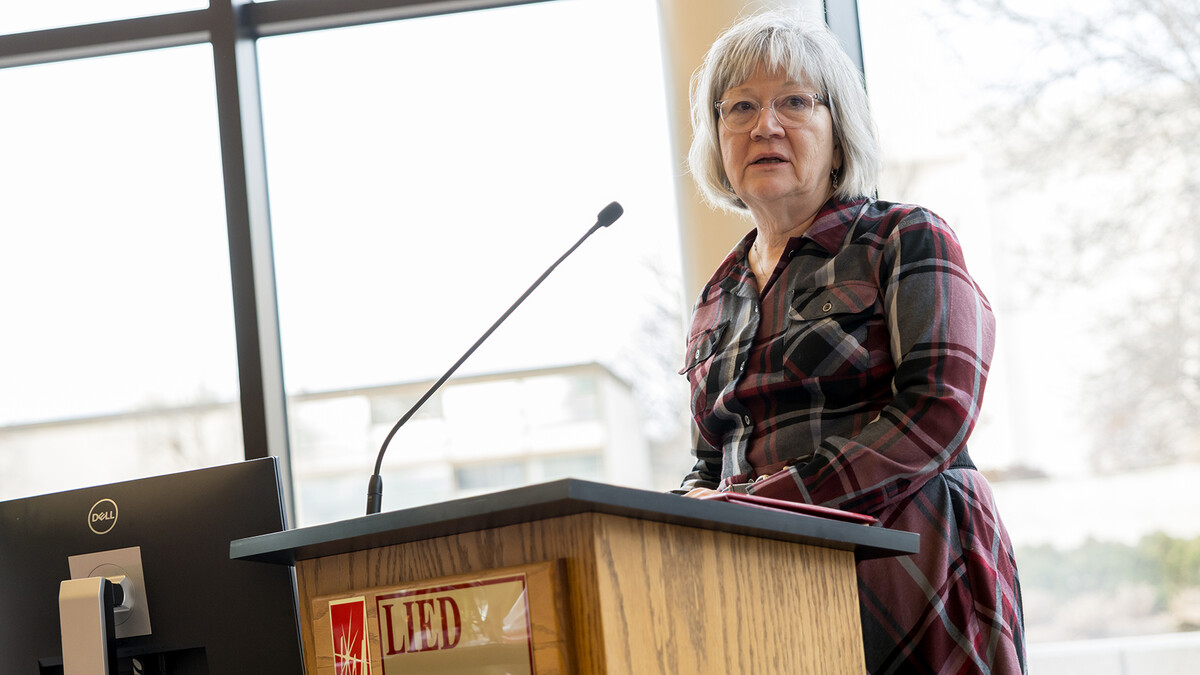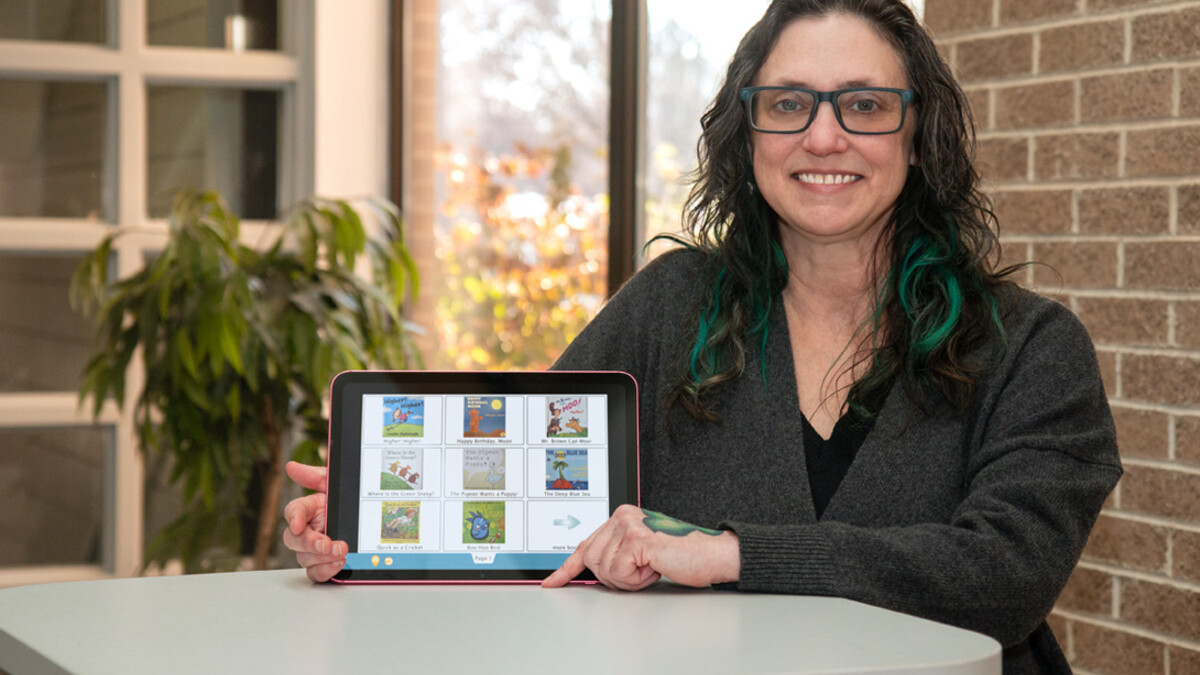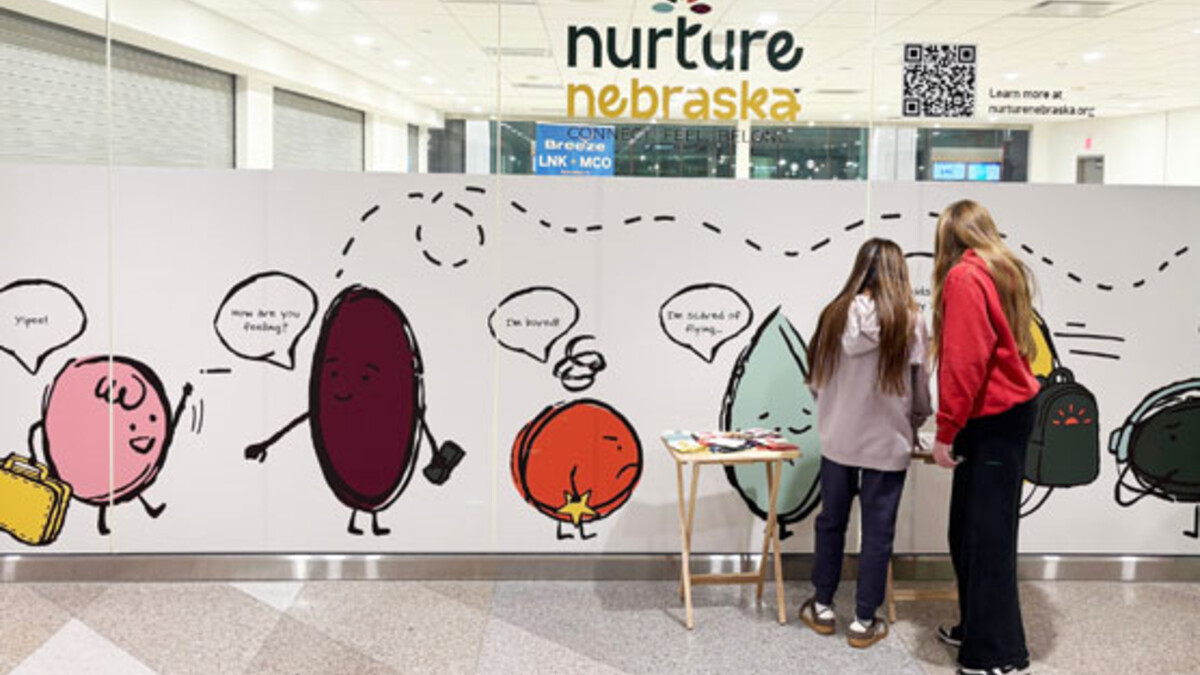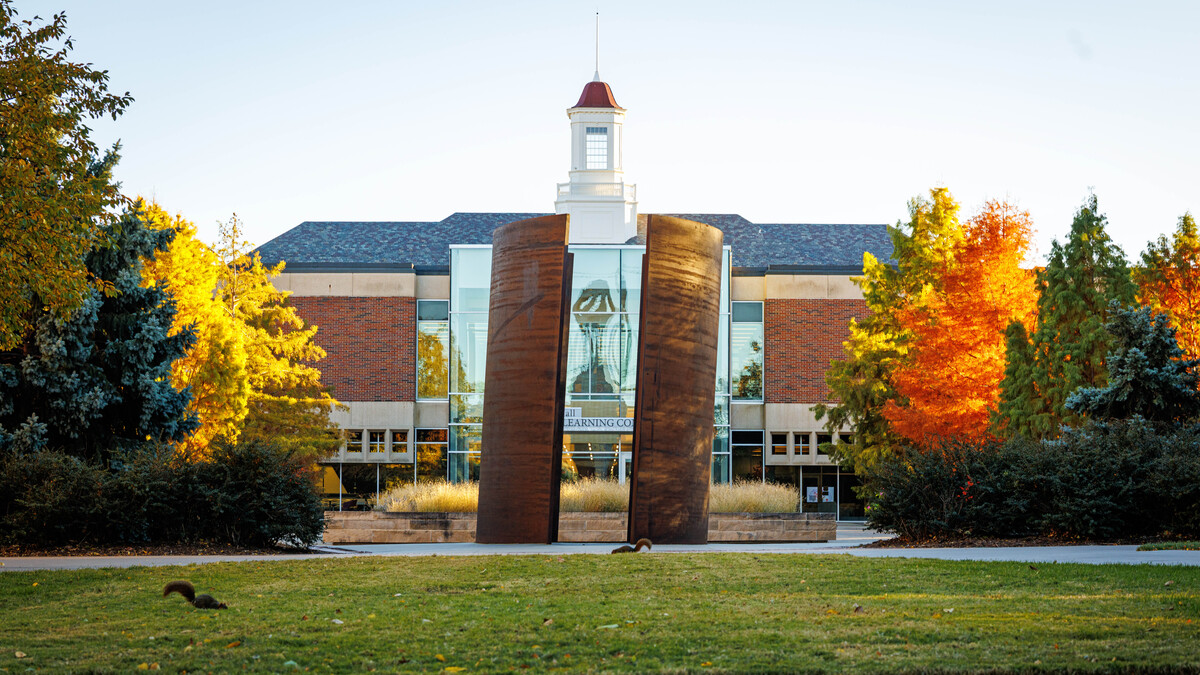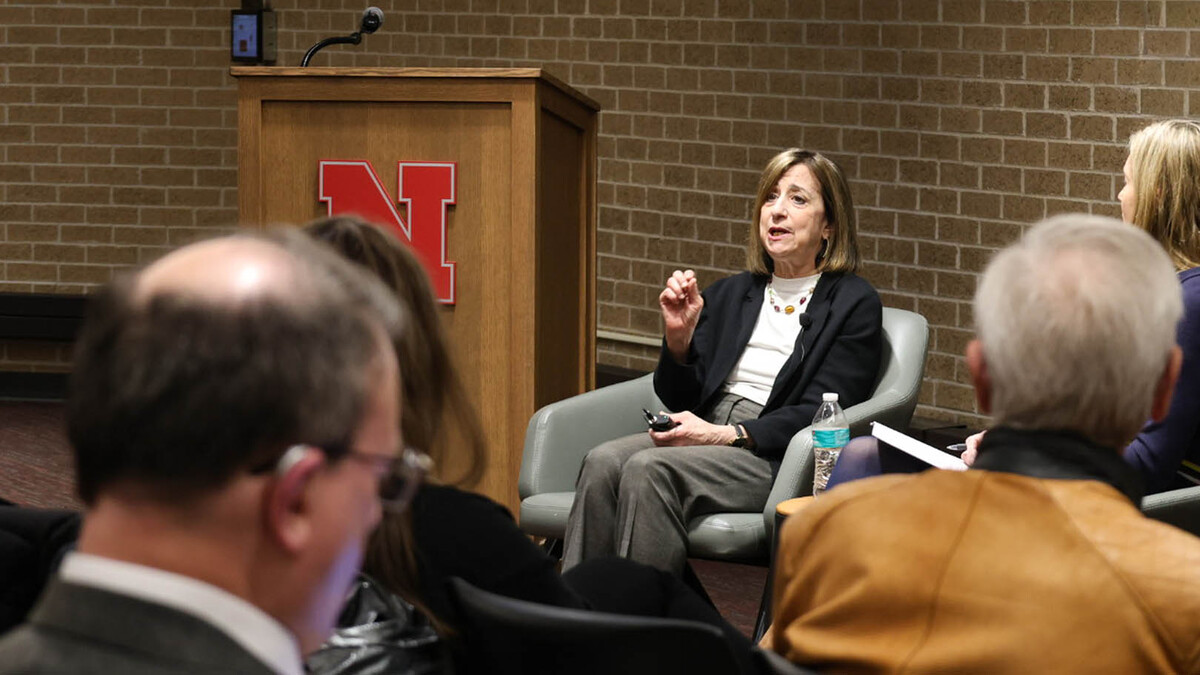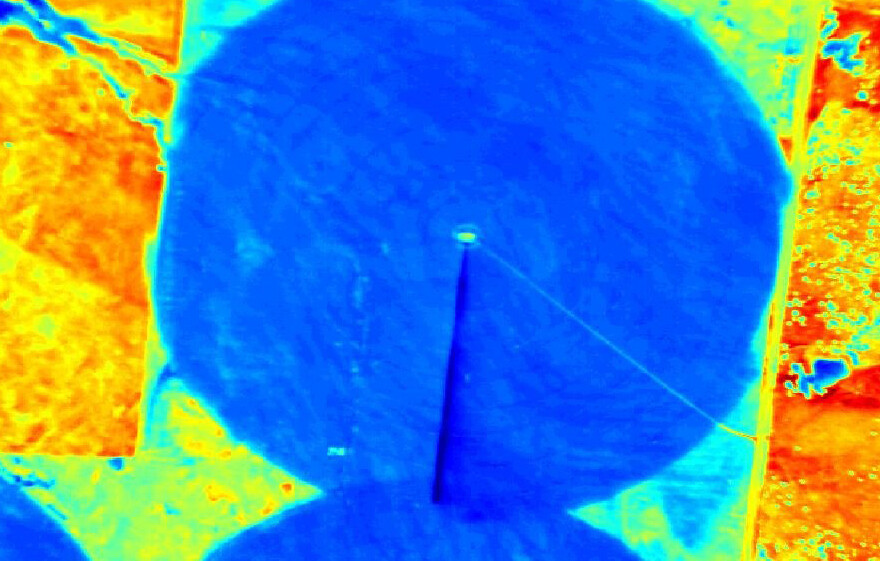
A bout with insomnia helped Joe Szilagyi answer some long-lingering research questions.
“Last summer I had a brainstorm event at night when I was half-awake and half-asleep,” said Szilagyi, research hydrologist and associate professor in the School of Natural Resources.
For years, Szilagyi wondered whether he could prove or disprove a certain hypothesis in evaporation research. The hypothesis is two-fold: A wetland will maintain a spatially constant surface temperature at any moment, in addition to maintaining a temporally constant surface temperature.
“Nobody knew the answer for the second question,” Szilagyi said.
Based on his previous work, Szilagyi guessed that the answer for both parts of the hypothesis was affirmative.
“But I could never prove it directly with temperature measurements,” he said.
During that nocturnal brainstorming session, Szilagyi realized that center-pivot irrigated crops could provide the direct proof he’d been looking for. The height of the crops, their size and large degree of homogeneity in terms of vegetation type and moisture status were all traits that made them ideal research subjects.
“The only problem was I still did not have any idea how I could take the temperature of the center-pivot irrigated land,” Szilagyi said.
Moreover, the temperature data would have to be remotely sensed. Although satellite-derived temperature data existed, their spatial resolution was too coarse for Szilagyi’s research purposes. The average irrigated crop circle in Nebraska has a diameter of about 700-800 meters — and Szilagyi could only use the half that faced the prevailing wind.
“It seemed like a hopeless situation,” he said.
Hopeless, that is, until he conducted an Internet search the next day.
“I stumbled upon beautiful aerial photography of center-pivot irrigated fields taken with a thermal camera by a company called Cornerstone Mapping,” Szilagyi said. “And guess what — the company was located in Lincoln. I could not believe my luck.”
Szilagyi worried he couldn’t persuade the company to share its images for his research, especially since he didn’t have any formal funding to offer as compensation.
Still, meeting with Cornerstone Mapping’s owner, Aaron Schepers, was worth a shot.
“He’s a UNL alumnus who turned out to be a wonderful person,” Szilagyi said. “He immediately agreed to cooperate with me and for free.”
Schepers said that his airborne thermal imagery was a perfect fit for Szilagyi’s application.
“I thought if Joe can help improve crop modeling by using my thermal imagery, I was contributing to the future success of research for optimizing crop production,” Schepers said.
From the thousands of images collected across Nebraska by Cornerstone Mapping, Szilagyi selected 90 that were obtained with the company’s highly sensitive thermal-infrared camera.
“If I could show — with the high-accuracy surface temperature values of these images — that the irrigated land’s surface temperature did not change with distance from the edge under strong heat-advection conditions, then I would have strong direct proof for the first part of the hypothesis,” Szilagyi said.
And indeed, on average the wet surface temperature changed less than 0.2 degrees between the edge and the center of the irrigated crop circles.
As for the second part of the hypothesis, Szilagyi had to prove that these wet surface temperatures would stay the same during the progression of a drought, provided solar radiation and wind would not change much.
Although mean wet surface temperatures are hard to obtain, they can be replaced by wet-bulb temperatures, since one is constant as long as the other is under unchanging solar radiation and wind conditions.
“Basically, I had to show that these wet-bulb temperatures stayed constant when solar radiation equaled a predefined value under different surface moisture conditions to be found by roving central Nebraska from the Sandhills to the neighboring irrigated lands,” Szilagyi said.
The experiment worked. Wet-bulb temperatures — and therefore wet surface temperatures — stay constant as the environment dries out under largely constant solar radiation and wind conditions.
“So in the end I felt doubly satisfied with the outcome,” Szilagyi said. “The only question remaining was if other researchers would be similarly convinced and recommend publication of the results.”
In early January, Szilagyi was notified that this research — co-authored by Schepers — is set to be published in Geophysical Research Letters, the preeminent journal within the geophysics field.
“It is definitely an honor to have a study accepted for publication in GRL,” Szilagyi said. “I feel really blessed to have been able to work at UNL for more than 15 years, where I have been provided the conditions necessary for undisturbed research.”
– Mekita Rivas, Natural Resources


